Garlic Creeper, scientifically known as Mansoa alliacea, is a flowering vine native to Central and South America. It belongs to the Bignoniaceae family, which includes many other ornamental vines. Here is some detailed information about the Garlic Creeper:
- Description: Garlic Creeper is a vigorous, woody vine that can grow up to 9 meters (30 feet) in length. It has thin, twining stems with a greenish-brown bark. The leaves are compound, composed of two to three pairs of leaflets and a terminal leaflet. The leaflets are oval or lance-shaped and have a glossy, dark green color. When crushed or rubbed, the leaves emit a strong garlic-like odor, which gives the plant its common name.
- Flowers: The Garlic Creeper produces showy, tubular flowers that are arranged in clusters. The flowers are typically trumpet-shaped with flared lobes at the end, resembling a funnel. The color of the flowers varies from pale lavender or lilac to light purple. They have a delicate fragrance that is often described as a mixture of garlic and jasmine. The blooming period usually occurs during the warmer months, attracting pollinators like bees and butterflies.
- Fragrance and Culinary Use: As the name suggests, Garlic Creeper is known for its strong garlic-like scent. The crushed leaves and stems release an aroma reminiscent of garlic. Although it is not used as a culinary substitute for garlic, the plant’s leaves and flowers have been occasionally used in traditional medicine and culinary preparations in some cultures.
- Cultivation: Garlic Creeper is best suited for tropical and subtropical regions. It prefers full sun to partial shade and well-drained soil. It is a fast-growing vine that benefits from support structures such as trellises, fences, or arbors. Regular watering is necessary to maintain adequate moisture, especially during dry periods. Pruning can be done to control its growth and shape. The plant can be propagated through stem cuttings.
- Ornamental Use: Garlic Creeper is primarily cultivated as an ornamental vine due to its attractive foliage, fragrant flowers, and climbing habit. It is commonly used to cover fences, walls, or pergolas, adding a touch of tropical beauty to gardens and landscapes. The foliage and flowers provide a lush backdrop and can create a visually appealing vertical display.
- Medicinal Uses: In traditional medicine, Garlic Creeper has been used for various purposes. The leaves and stems are believed to have antibacterial and antifungal properties. They have been used topically to treat skin infections, wounds, and insect bites. However, it’s important to note that these traditional uses are not scientifically proven, and consulting a healthcare professional is advisable before using the plant medicinally.
As with any plant, it’s important to handle Garlic Creeper with care and be mindful of its spreading habit. While the scent may be appealing to some, it can be overpowering for others, so consider its placement in relation to living areas.

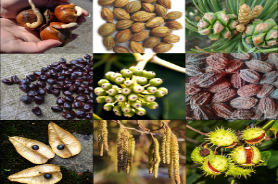





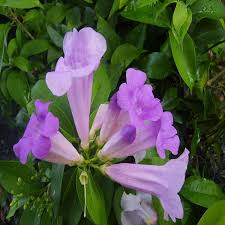



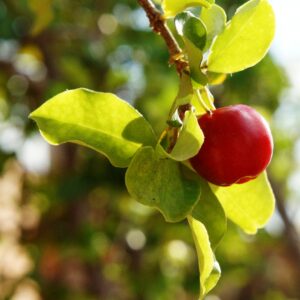
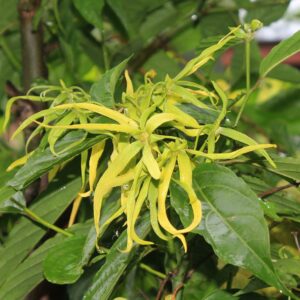
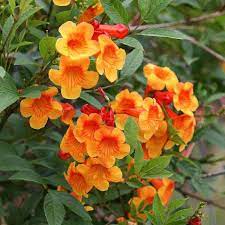
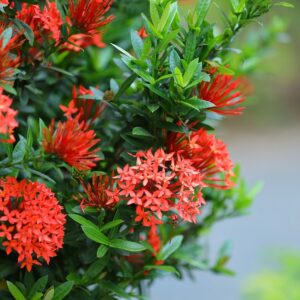
Reviews
There are no reviews yet.